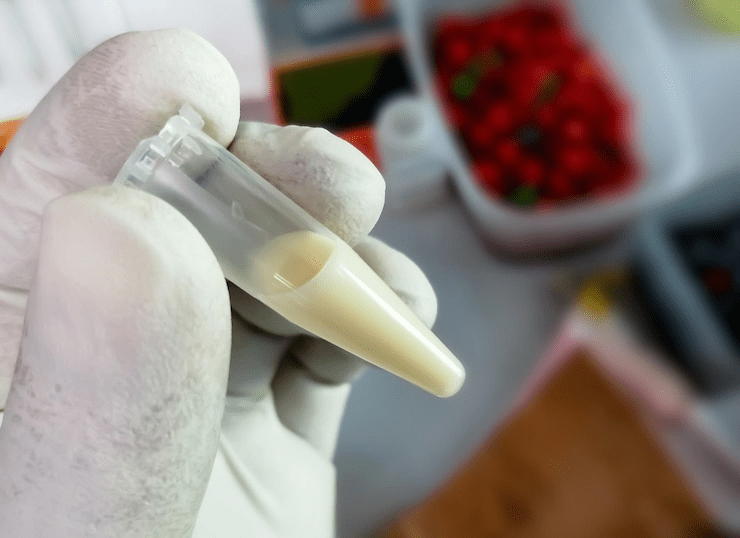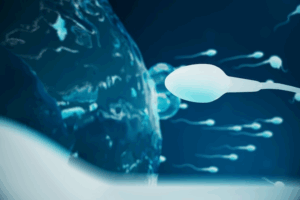
Gene therapy for azoospermia treatment
Introduction Male infertility, especially caused by azoospermia, affects millions of men worldwide. For those suffering from non-obstructive azoospermia, treatment options have been limited. However, thanks

Sperm retrieval techniques have become a vital part of modern fertility care. These procedures offer real hope to men who are unable to ejaculate or have no sperm in their semen due to conditions like azoospermia or ejaculatory disorders. As a result, couples who once had limited options now have several pathways to parenthood. In this guide, we will explore the top sperm retrieval methods, their purposes, procedures, and success rates.
Sperm retrieval techniques involve medical procedures designed to collect sperm directly from the male reproductive tract. These methods are especially useful when natural ejaculation is not possible or fails to produce sperm. Doctors often use these techniques in conjunction with assisted reproductive technologies such as in vitro fertilization (IVF) and intracytoplasmic sperm injection (ICSI). Therefore, even men diagnosed with severe infertility can still father biological children.
Doctors recommend sperm retrieval for men experiencing:
PESA is a minimally invasive method used to collect sperm from the epididymis.
Advantages:
Limitations:
TESA involves using a needle to aspirate sperm directly from the testicle.
Advantages:
Limitations:
TESE is a surgical technique where a small piece of testicular tissue is removed.
Advantages:
Limitations:
Micro-TESE is an advanced form of TESE performed with a surgical microscope.
Advantages:
Limitations:
EEJ is used to stimulate ejaculation using mild electrical pulses.
Advantages:
Limitations:
| Technique | Invasiveness | Best For | Retrieval Rate | ICSI Compatible | Anesthesia |
|---|---|---|---|---|---|
| PESA | Low | Obstructive azoospermia | 70–80% | Yes | Local |
| TESA | Low-Medium | Non-obstructive azoospermia | 30–60% | Yes | Local/General |
| TESE | Medium | Severe non-obstructive azoospermia | ~50% | Yes | General |
| Micro-TESE | High | Difficult/failed cases | Up to 60% | Yes | General |
| EEJ | Low | Neurological issues | 80–95% | Yes | Local/General |
Once retrieved, sperm can be used immediately for ICSI or frozen for future use. Cryopreservation is especially helpful for men undergoing cancer treatment or those who may not want to repeat the procedure. Clinics store frozen sperm under strict conditions to maintain viability.
Prices vary based on location, clinic, and procedure type:
Keep in mind that most insurance plans do not cover these procedures unless medically necessary.
Doctors may recommend the following before retrieval:
If sperm is not found, options include:
Can I retrieve sperm multiple times? Yes, but repeated procedures may cause tissue damage. Freezing sperm during the first procedure is recommended.
Is the procedure painful? Most techniques involve anesthesia, so patients feel little to no pain. Discomfort post-procedure is usually mild.
Can I use retrieved sperm for natural conception? No. Retrieved sperm is used with assisted reproduction methods like ICSI.
Sperm retrieval techniques have transformed the landscape of male infertility treatment. From simple aspirations like PESA to advanced methods like Micro-TESE, today’s technologies provide effective solutions for men who were once told they couldn’t conceive. If you are facing fertility issues, consult a qualified urologist or fertility expert. With proper diagnosis, planning, and the right technique, biological fatherhood is well within reach.

Introduction Male infertility, especially caused by azoospermia, affects millions of men worldwide. For those suffering from non-obstructive azoospermia, treatment options have been limited. However, thanks

Azoospermia is one of the most challenging causes of male infertility, often leaving men with few options and couples struggling to conceive. But today, an
PROLISTEM® is a Patented Formula
Copyright © 2025 Prolistem®